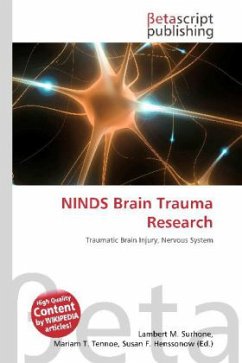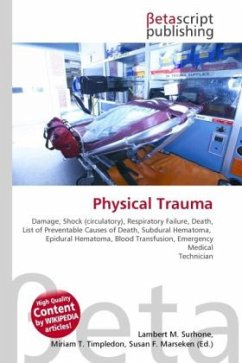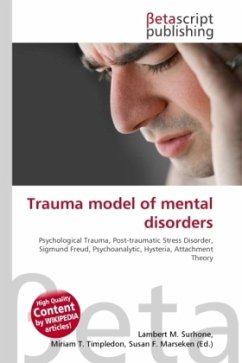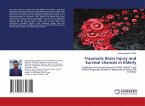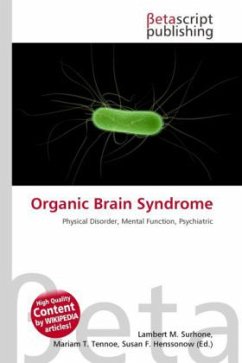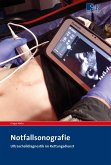Please note that the content of this book primarily consists of articles available from Wikipedia or other free sources online. The National Institute of Neurological Disorders and Stroke (NINDS) conducts and supports research to better understand traumatic brain injury and the biological mechanisms underlying damage to the brain, to develop strategies and interventions to limit the primary and secondary brain damage that occurs within days of a head trauma, and to devise therapies to treat brain injury and help in long-term recovery of function. NINDS grantees developed a device that simulates the condition of trauma in cells in culture. The device allows researchers to control the degree of injury to the cells and then study the biological and physiological responses those cells have to trauma. The device can also serve as a tool to test the effects of pharmaceutical agents. The neuron is the main functional cell of the brain and nervous system, consisting of a cell body (soma), a tail or long nerve fiber (axon), and projections of the cell body called dendrites. The axons travel in tracts or clusters throughout the brain, providing extensive interconnections between brain areas.

